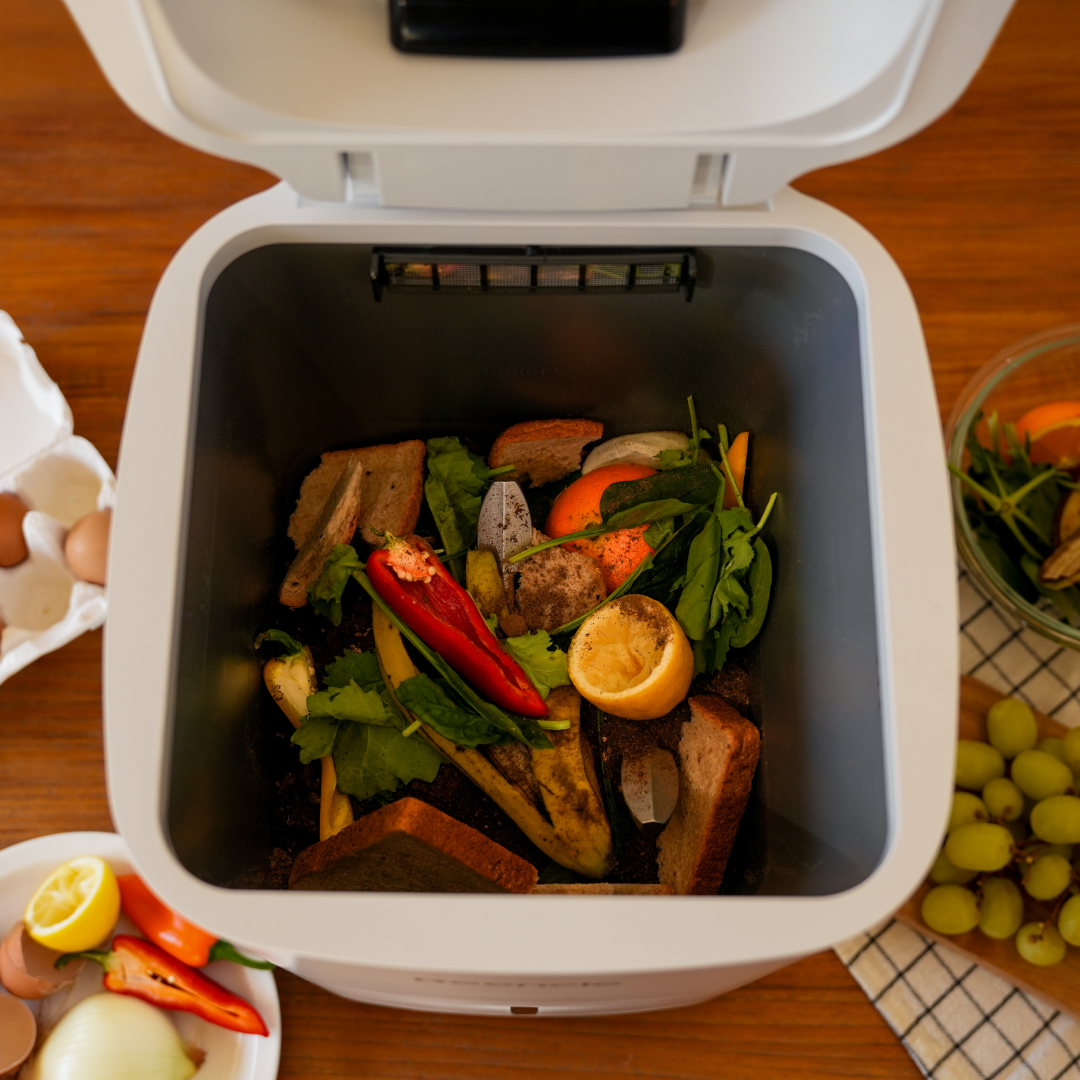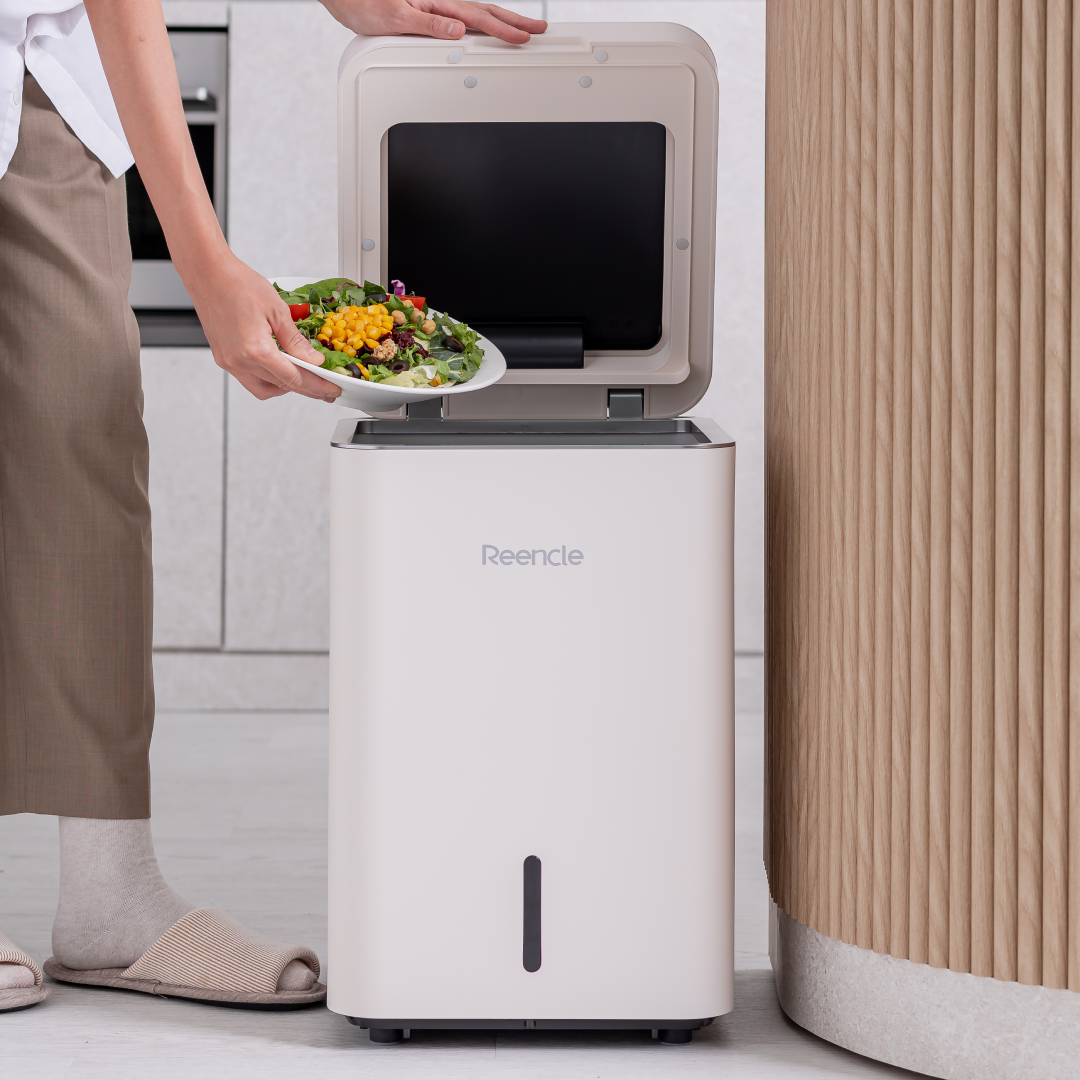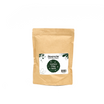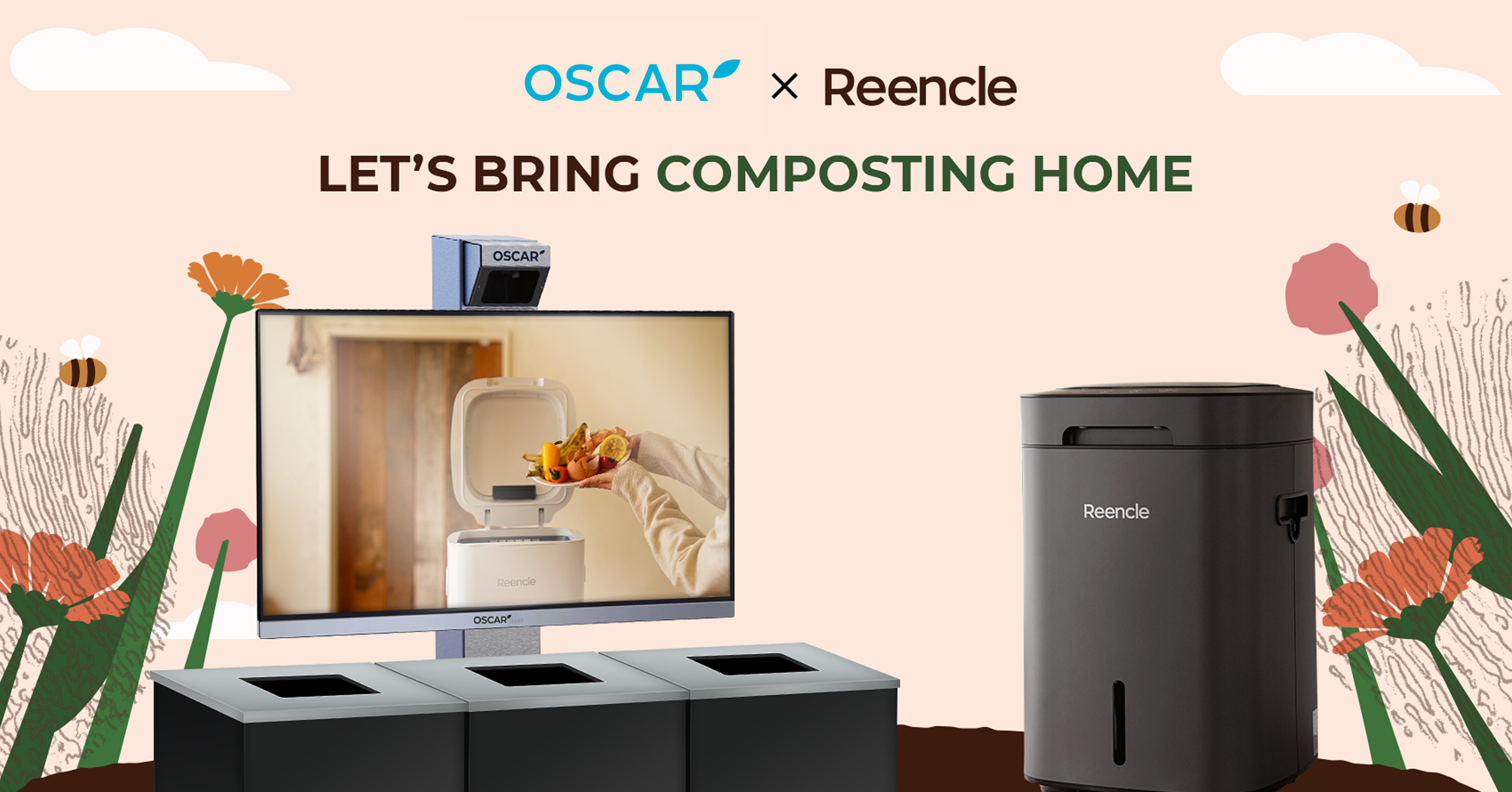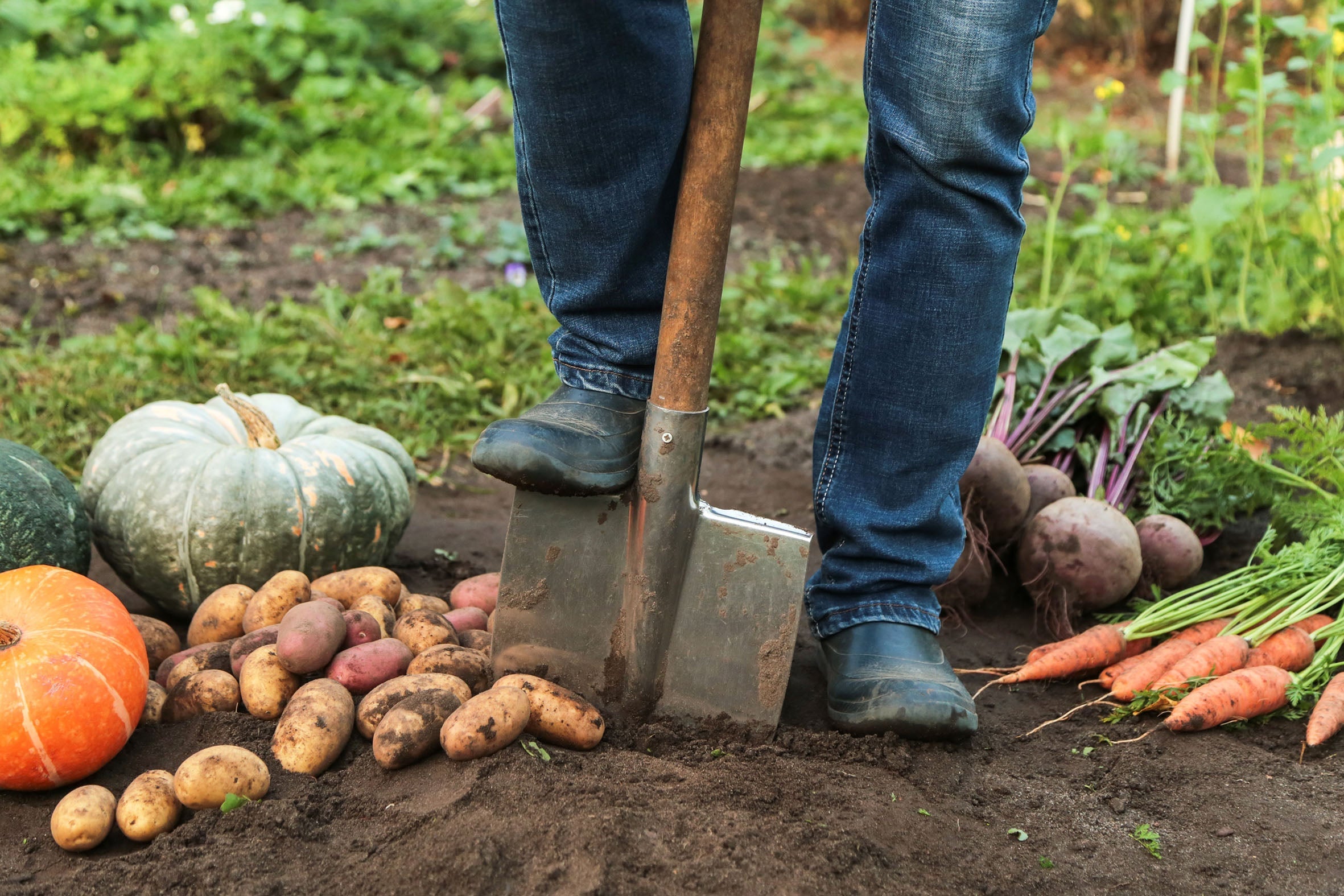Easy ways to check soil nutrients
for a healthy garden

AGardening is not just about planting seeds and hoping they grow; it's about understanding and nurturing the soil where your plants live. Soil testing is an essential part of gardening that can tell you what your soil has and what it needs. Here, we'll walk through some easy methods to check your soil's nutrients and health, ensuring your garden has what it needs to thrive.
1. Getting to Know Your Soil
Feeling Your Soil:
Start by getting your hands dirty. Grab a handful of soil and feel its texture between your thumb and forefinger. This tactile test can reveal a lot about your soil's makeup:
- Clay Soil: If the soil feels smooth and sticky, it has a high clay content. Clay soils hold water well but may have problems with drainage.
- Sandy Soil: The soil is considered sandy if it has a loose and coarse texture. Sandy soils drain quickly but don't retain moisture well, which can be challenging during dry spells.
- Loamy Soil: The optimal soil for gardening has a texture akin to a blend of sand and clay. The soil feels rough and clumps together when squeezed. This is good because it can hold water well and drain effectively. As a result, it is great for most plants.
To have a deeper investigation on your soil condition: Do 'Jar Test'
Looking at Organic Matter:
The color and texture of your soil can also indicate its organic matter content. Dark, crumbly soil rich in organic matter is excellent for plant growth because it maintains good moisture and air flow, helping roots grow strong. In contrast, pale, compact soil may lack essential organic elements, making it harder for plants to thrive.
2. Checking the Chemical Makeup
Understanding Soil pH: The pH level of your soil affects how plants absorb nutrients. Most garden plants prefer slightly acidic to neutral soil (pH 6-7). You can easily test your soil's pH at home:
- Using a pH Testing Kit: These kits come with everything you need. Simply collect a soil sample from your garden, mix it with water, and use the provided tools to measure the pH.
- Changing the pH is easy. If it's too acidic, add garden lime. If it's too alkaline, use sulfur to lower it.
Homemade pH Test: For a DIY approach, you can use common household ingredients:Vinegar and Baking Soda: Take two soil samples. Add vinegar to one—if it fizzes, your soil is alkaline. Add water and baking soda to the second—if it fizzes, your soil is acidic. No reaction in either test suggests a neutral pH.
3. Nutrient Testing with Soil Kits
For a deeper dive into your soil’s health, consider a soil test kit available online or at garden stores. These kits can measure not just pH but also levels of key nutrients:Nitrogen, Phosphorus, and Potassium: These are the primary nutrients all plants need to grow. The kit comes with instructions. You mix soil samples with water, add a chemical, and compare the color change to a chart.
4.Observing Biological Activity
- Microbial Life:
The presence of microorganisms in your soil plays a crucial role in plant health. These tiny creatures help break down organic matter, making nutrients available to plants. To get an idea of microbial activity in your soil:
To check for active microbial life, bury a slice of bread or cooked rice in the soil for a few days. After a few days, check for mold or decomposition. This will help determine if there are living microorganisms in the soil.
- Earthworm Count:
Earthworms are great indicators of healthy soil. To check for earthworm activity:
Count the Worms: Dig up a square foot of soil to about 6 inches deep and count the number of earthworms you see. More than ten worms indicate extremely healthy soil.
5.Enhancing Your Soil
Amending Your Soil:
Depending on what your tests reveal, you might need to amend your soil to improve its condition:
- For Sandy Soil: Add organic matter like compost or peat moss to improve moisture retention.
- For Clay Soil: Incorporate gypsum or sand to improve drainage.
- For Nutrient-Deficient Soil: Use organic fertilizers to add nitrogen, phosphorus, or potassium as needed.
Regular Testing:
Soil conditions change over time as plants use up nutrients and organic matter breaks down. Testing your soil annually or when you see plant health issues can prevent problems and keep your garden healthy.
Conclusion
Regular Testing:
Soil conditions change over time as plants use up nutrients and organic matter breaks down.
Testing your soil annually or when you see plant health issues can prevent problems and keep your garden healthy.
You should test your soil every year. You can also test your soil when you notice any problems with your plants. Regular soil testing can help you maintain a healthy garden.
By taking these steps, you can ensure your garden not only survives but thrives. Understanding your soil is the first step towards a lush, vibrant garden that provides a bounty of flowers and vegetables. Remember, every garden is unique, and getting to know yours is a rewarding part of the gardening journey.


